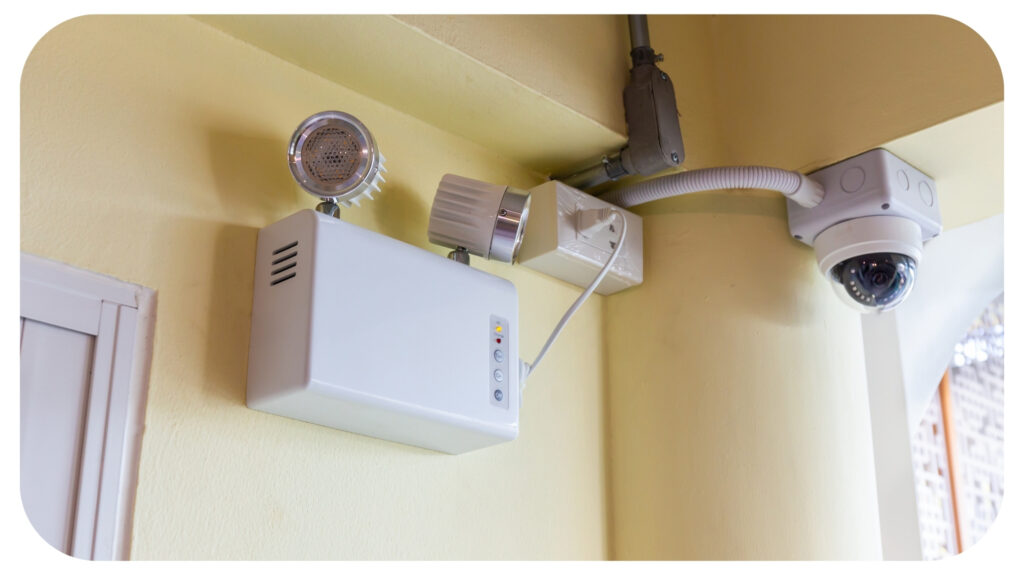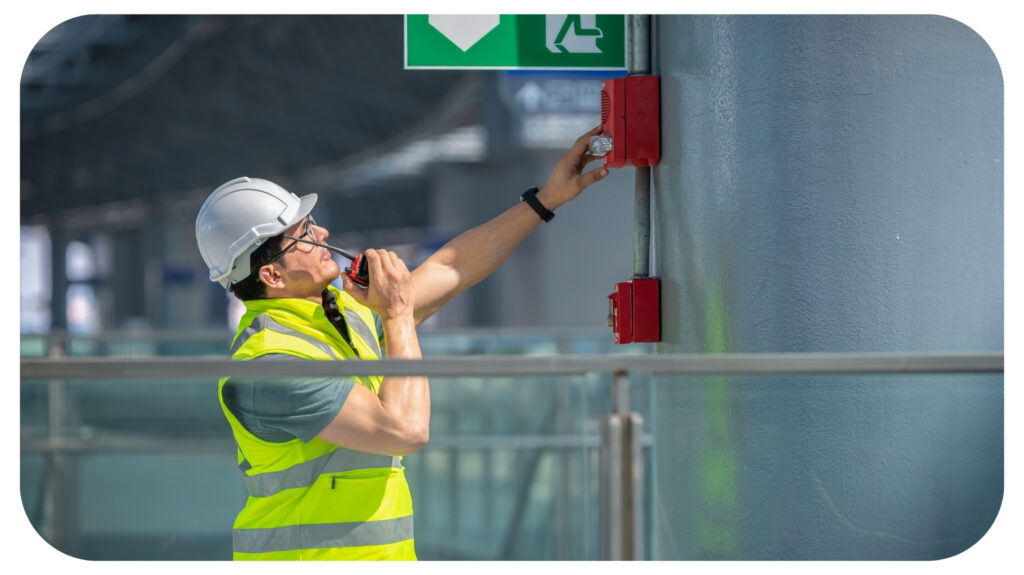An Entrepreneur’s Guide To Selecting Escape And Rescue Equipment

As an entrepreneur and business owner, it is paramount to prioritize the safety of both your team and customers.
Bureau of Labor Statistics highlights a concerning number of workplace injuries and illnesses, with 2.8 million non-fatal workplace incidents recorded in 2022 alone, representing a 7.5% increase from the previous year. Therefore, ensuring your business is equipped with comprehensive emergency plans and essential rescue equipment becomes crucial, as these measures can potentially save lives in dire situations such as fires, earthquakes, storms, or accidents.
Continue reading as this guide walks you through key considerations when selecting your company’s emergency escape and rescue equipment.
1. Conduct A Threat Assessment
The first step is conducting a threat assessment to understand the types of emergencies most likely to occur in your region and place of business. This depends heavily on the geographic location and the nature of your company’s physical facilities. For example, businesses in forest fire zones must prioritize fire safety equipment. At the same time, establishments in hurricane-prone coastal areas should focus on flooding preparedness. Assess all reasonable risks and your unique needs.
2. Consider Building Size And Occupancy
It would be best if you had escape and rescue equipment that fits your needs based on the size of your company and the number of occupants. For instance, larger buildings that house many people require more emergency exits, wider staircases, additional fire extinguishers, and larger stocks of equipment like self-contained breathing apparatuses (SCBA). Consult your local fire code and building regulations to determine the right capacity equipment.
3. Emergency Breathing Devices
Reliable escape and rescue breathing devices are crucial when smoke, toxic fumes, or oxygen-deficient conditions accompany an emergency. Consider installing simplified breathing masks attached to oxygen cylinders throughout your building for quick access. These compact emergency escape masks allow safe passage through smoke without specialized training. You can also purchase breathing devices and ask for insights from reputable companies like Semmco LPS for your peace of mind.
Proper utilization of breathing equipment can greatly increase the chances of survival. It can also lead to successful escapes and timely rescues of employees and customers. That said, place clear instructions on using and maintaining these breathing devices so the personnel can assist each other and the victims properly.
4. Escape Routes And Lighting
Well-lit, clearly marked emergency escape routes are vital. These dedicated paths should lead occupants to a safe meetup location outside. Reliable lighting is key since power loss often accompanies disasters. Consider illuminated exit signs above doorways, emergency lighting fixtures, or luminous striping along corridors and exit paths. Reflective paint is another option for increasing visibility.
5. Alarms And Communications
Choose alarm systems that immediately notify people to evacuate and call emergency services if necessary. Opt for loud, flashing strobe options to cut through noise and alert individuals hard-of-hearing. Alert systems that send mobile notifications are helpful, too. Additionally, have two-way radios or other backup communication devices for coordinating evacuation and rescue efforts if regular phone and internet connections go down.
6. Fire Protection Equipment
Fires present some of the greatest threats. If applicable, prepare adequate equipment like smoke detectors, sprinklers, fire blankets, multiple ABC-type fire extinguishers around the building, and emergency fire hoses. Train your employees on using this life-saving gear properly as well. Also, confirm that everything meets commercial building ratings and compliance requirements.
7. First Aid Resources
Well-stocked and visible first aid kits and automated external defibrillator (AED) machines should be installed. Beyond basic kits, consider bloodborne pathogen clean-up materials, trauma bags, eye wash stations, burn relief supplies, and stretchers or mobile transports to move injured people carefully. Having adequately trained first-aid response teams is also wise.
8. Personal Protective Equipment (PPE)
Provide emergency PPE like protective gloves, helmets, safety goggles, and protective clothing or hazmat suits. These supplies safeguard rescue personnel responding in toxic conditions with smoke or fumes.
Ensure that the acquired gear is precisely tailored for commercial applications. Additionally, prominently display instructions detailing the proper procedure for donning PPE in emergencies.
9. Escape Ladders and Ropes
Install durable emergency ladders or ropes at windows and other secondary exits without external stairs. This enables escaping from higher floors safely.
Complementing this measure, it is essential to provide thorough training to personnel on proper descending techniques to avoid injuries. Moreover, ensure the secure fastening of anchors used for the ropes and rigs, verifying that they are appropriately rated to accommodate multiple occupants.
10. Backup Power Systems
If electricity fails during a calamity, a fail-safe power system will maintain essential lighting, ventilation, alarms and communications. Consider consulting electricians and vendors to determine ideal backup power solutions like generators or battery reserves based on your business’s electrical loads and systems.

Final Thoughts
By thoroughly assessing your company’s layout, operations, and potential emergency scenarios, you can invest in the right escape and rescue preparations to maximize safety. Moreover, it’s crucial to regularly conduct equipment checks and emergency drills to keep skills sharp while enabling people to reach exits rapidly if the worst happens.
More importantly, stay vigilant and proactive when planning for emergencies. In doing so, you’ll gain confidence knowing that your business has reliable systems for protecting lives and preventing disability claims from negatively impacting your productivity. With the right equipment and preparedness, your company can rebound swiftly even when catastrophes strike.
Recommended For You
How Finance Process Automation Can Make Your Life Easier
Most Inside
Most Inside offers high-quality recommendations and valuable updates to enhance all aspects of your life, providing premium guidance and enriching experiences.




